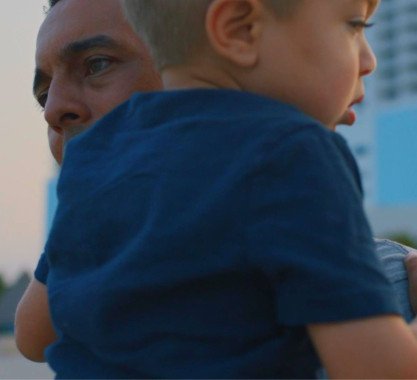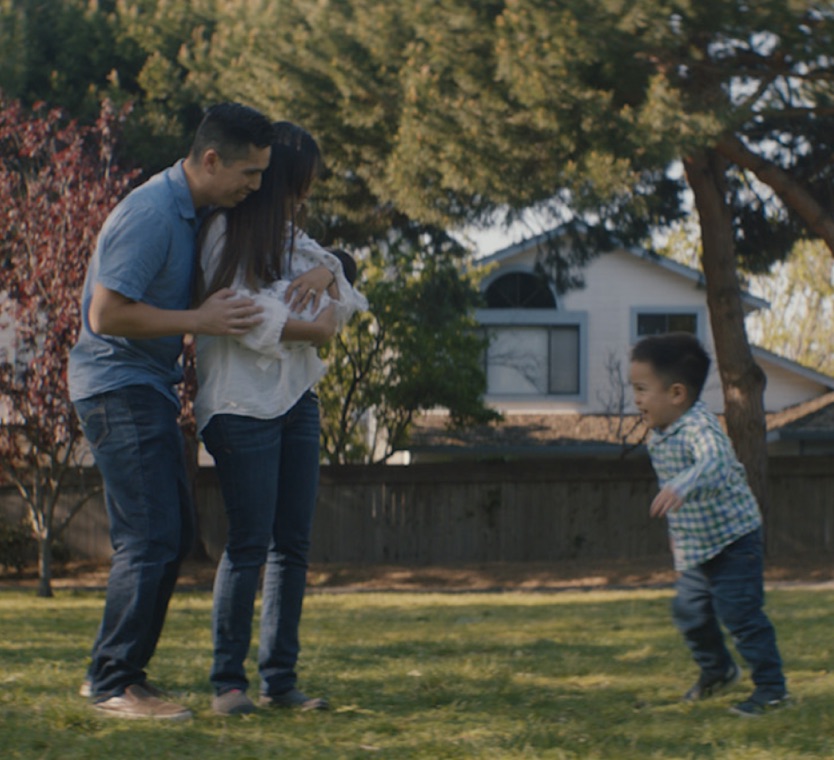Recognizing Hunter syndrome
Signs and Symptoms
Learn about how Hunter syndrome presents itself and the signs and symptoms that are commonly seen through those effected by the condition.

Our Promise To The Community
We Are Here For You
Though the disease is present at birth, symptoms become more apparent as the accumulation of GAGs builds within the body, triggering a diagnosis usually between 2 to 4 years old. Most boys with Hunter syndrome continue to develop physically and cognitively until between the ages 2 and 5 and then begin regressing. These boys gradually lose the ability to talk, walk and eat. Most do not live to see their teen years. Approximately 20% of those affected by Hunter syndrome do not suffer cognitive impairments or regression and may have normal intelligence but a continuum of physical symptoms.

SIGNS AND SYMPTOMS
Recognizing Hunter syndrome
These symptoms may not be present at birth and generally become noticeable within 2 to 4 years of age:
- Runny Nose
- Colds
- Recurrent Ear Infections
- Joint Stiffness
- Numbness or Weakness in Hands
- Breathing Problems such as Sleep Apnea

SIGNS AND SYMPTOMS
The Physical Attributes
Typically, boys affected by Hunter syndrome present distinct physical features.
- Large, Round Cheeks
- Coarse Facial Features or Tough Skin
- Enlarged Abdomen, Tongue and Tonsils
- Bushy Eyebrows
- Broad Nose
- Large Head
- Slowed Growth








